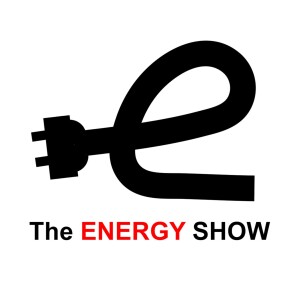
Elon Musk Is Right About The SuperCharger Business
 2024-05-08
2024-05-08
Download
Right click and do "save link as"
I read an avalanche of media criticism when Elon Musk fired his entire SuperCharger team a few weeks ago. In spite of all the whining, it was a good business decision for Tesla.
Here’s why: expanding and running a fast charging network is a lousy business.
Installation costs are high, permitting and construction delays are extensive, and revenues from charging cannot overcome the high electricity costs charged by utilities. According to a McKinsey and Company study in October of 2023, most EV fast charging sites are swimming in red ink, losing $45,000 a year at every 4 port charging station. A back-of-the-envelope calculation shows that a typical Starbucks in California would have to sell 56,000 extra cups of coffee every year just to break even on EV charging. That’s a lotta Joe.
In spite of complaints about high gasoline prices, gasoline is a worldwide commodity with reasonable substitutes. Prices are set by the free market. But prices for electricity supplied to charging stations are set by utilities who have a monopoly on electricity sales. It's illegal for anyone other than a utility to resell electricity, so utilities can charge whatever they want. To make matters worse, Public Utility Commissions in many states let utilities run wild with sky-high electric rates and record profits.
I’m a big EV fan, but the lack of EV charging infrastructure coupled with the extraordinarily high costs of charging will stifle the industry’s growth. California’s goal of selling only zero emissions vehicles by 2035 is a pipe dream. In order to hit that goal we need to quickly change the monopoly utility business model so that EV charging makes sense.
But there's another faster and cheaper option: solar-powered EV charging. Solar charging is easy to do for homes — the average driver in California needs just 7 more solar panels to meet their annual driving needs. Taking it one step further, we should couple EV chargers with commercial solar installations. Think about it: shouldn’t we charge our cars during the day, when it's sunny, from inexpensive rooftop solar, at work, where the cars are parked? Instead of waiting to charge our cars at public stations which get expensive power from utility solar farms 500 miles away?
Tesla’s Supercharger network challenges are just the tip of the iceberg. For more about costs and practical solutions to EV charging, please tune in to the full SuperCharger podcast at www.energyshow.biz
view more
More Episodes
Solar and Storage Industry Nightmares
 2021-09-01
2021-09-01
 2021-09-01
2021-09-01
Battery Storage Safety with Matt Paiss
 2021-08-10
2021-08-10
 2021-08-10
2021-08-10
Prepping for New Energy Technology
 2021-07-29
2021-07-29
 2021-07-29
2021-07-29
Stop the Utility Profit Grab
 2021-07-07
2021-07-07
 2021-07-07
2021-07-07
Electric Vehicle Charging
 2021-06-09
2021-06-09
 2021-06-09
2021-06-09
Building Electrification with Menlo Spark
 2021-04-28
2021-04-28
 2021-04-28
2021-04-28
Benefits of Green Hydrogen
 2021-04-14
2021-04-14
 2021-04-14
2021-04-14
Solar and Storage During the Texas Blackout
 2021-03-17
2021-03-17
 2021-03-17
2021-03-17
Texas Power Failures
 2021-03-03
2021-03-03
 2021-03-03
2021-03-03
How Do I Read My Electric Bill?
 2021-02-03
2021-02-03
 2021-02-03
2021-02-03
Solar and Storage Trends 2021
 2021-01-12
2021-01-12
 2021-01-12
2021-01-12
Local Politics of Solar and Battery Storage
 2020-12-16
2020-12-16
 2020-12-16
2020-12-16
Why is Electricity So Expensive
 2020-12-02
2020-12-02
 2020-12-02
2020-12-02
OhmConnect with Cisco DeVries
 2020-10-19
2020-10-19
 2020-10-19
2020-10-19
How Often Should I Clean my Solar Panels?
 2020-08-26
2020-08-26
 2020-08-26
2020-08-26
012345678910111213141516171819
Create your
podcast in
minutes
- Full-featured podcast site
- Unlimited storage and bandwidth
- Comprehensive podcast stats
- Distribute to Apple Podcasts, Spotify, and more
- Make money with your podcast
It is Free
- Privacy Policy
- Cookie Policy
- Terms of Use
- Consent Preferences
- Copyright © 2015-2024 Podbean.com





